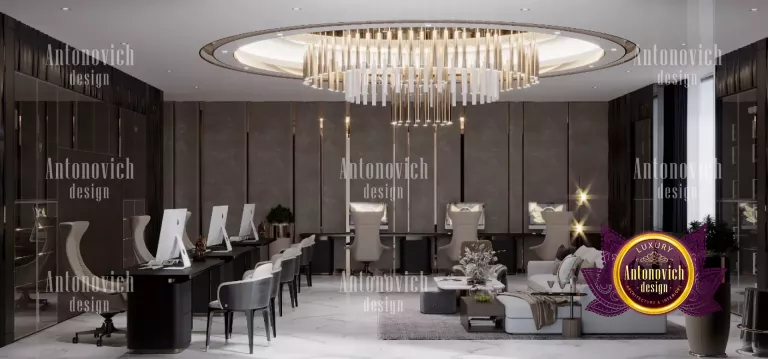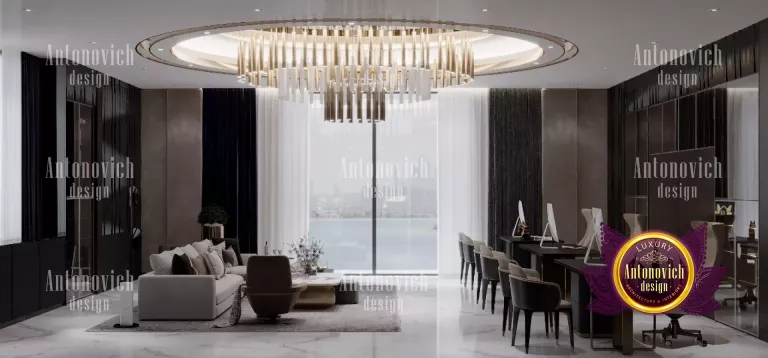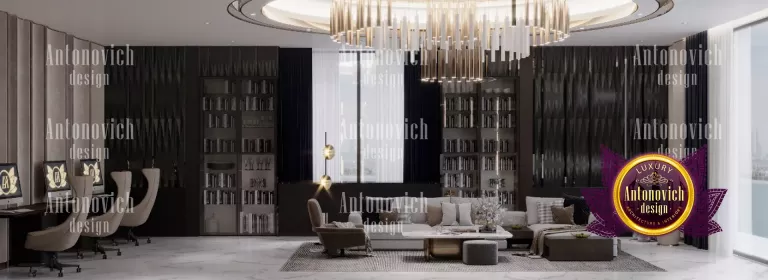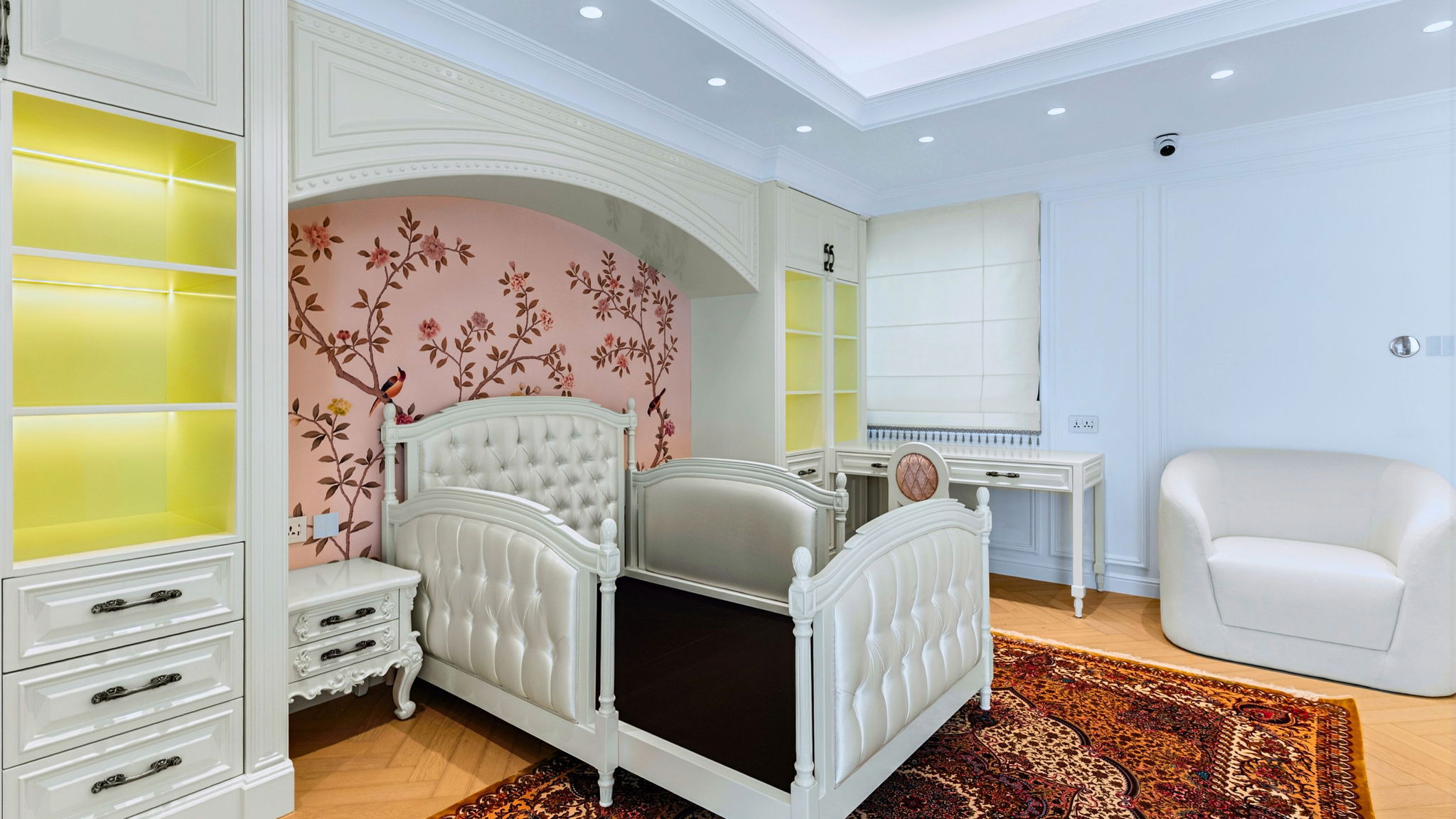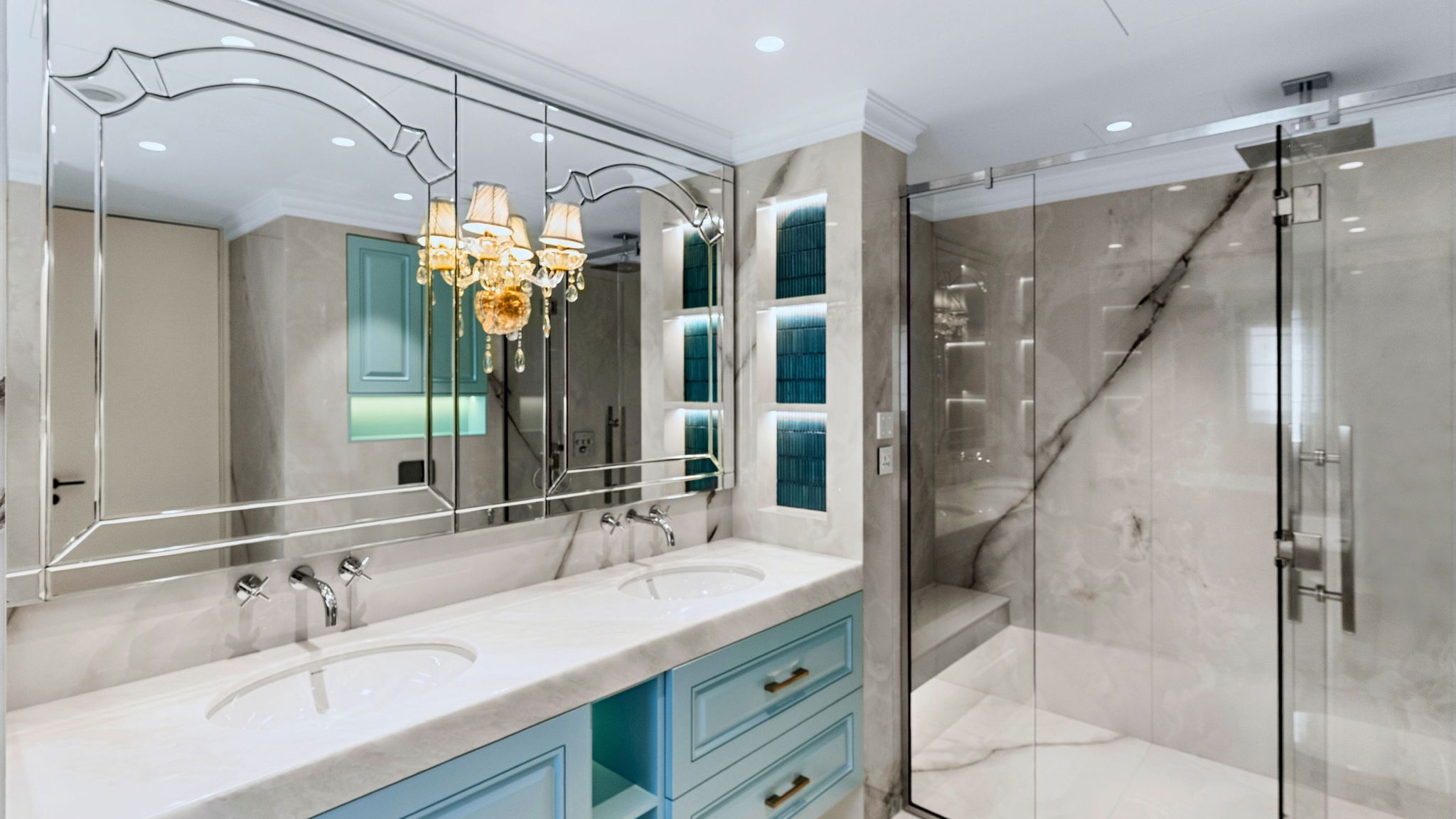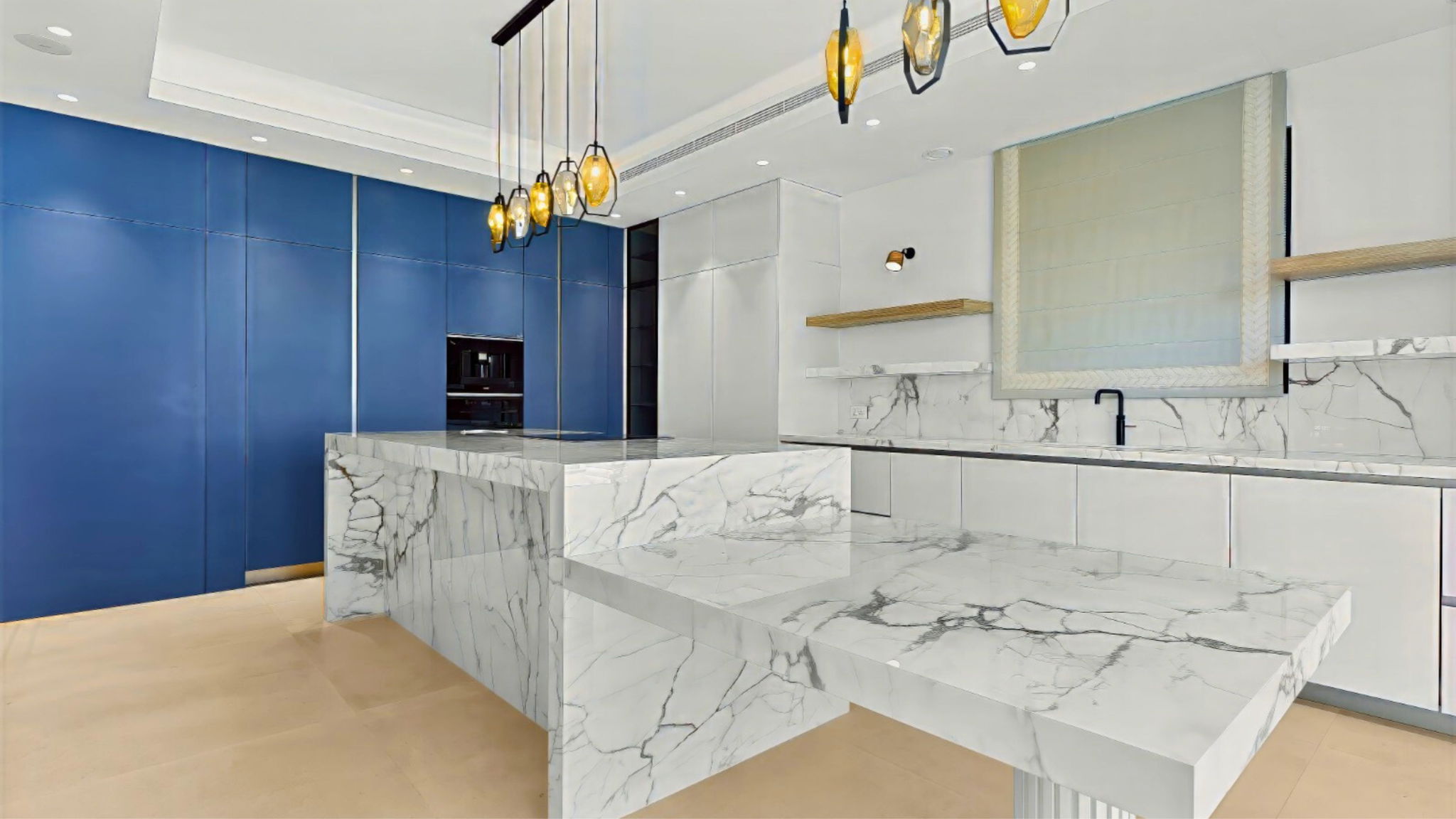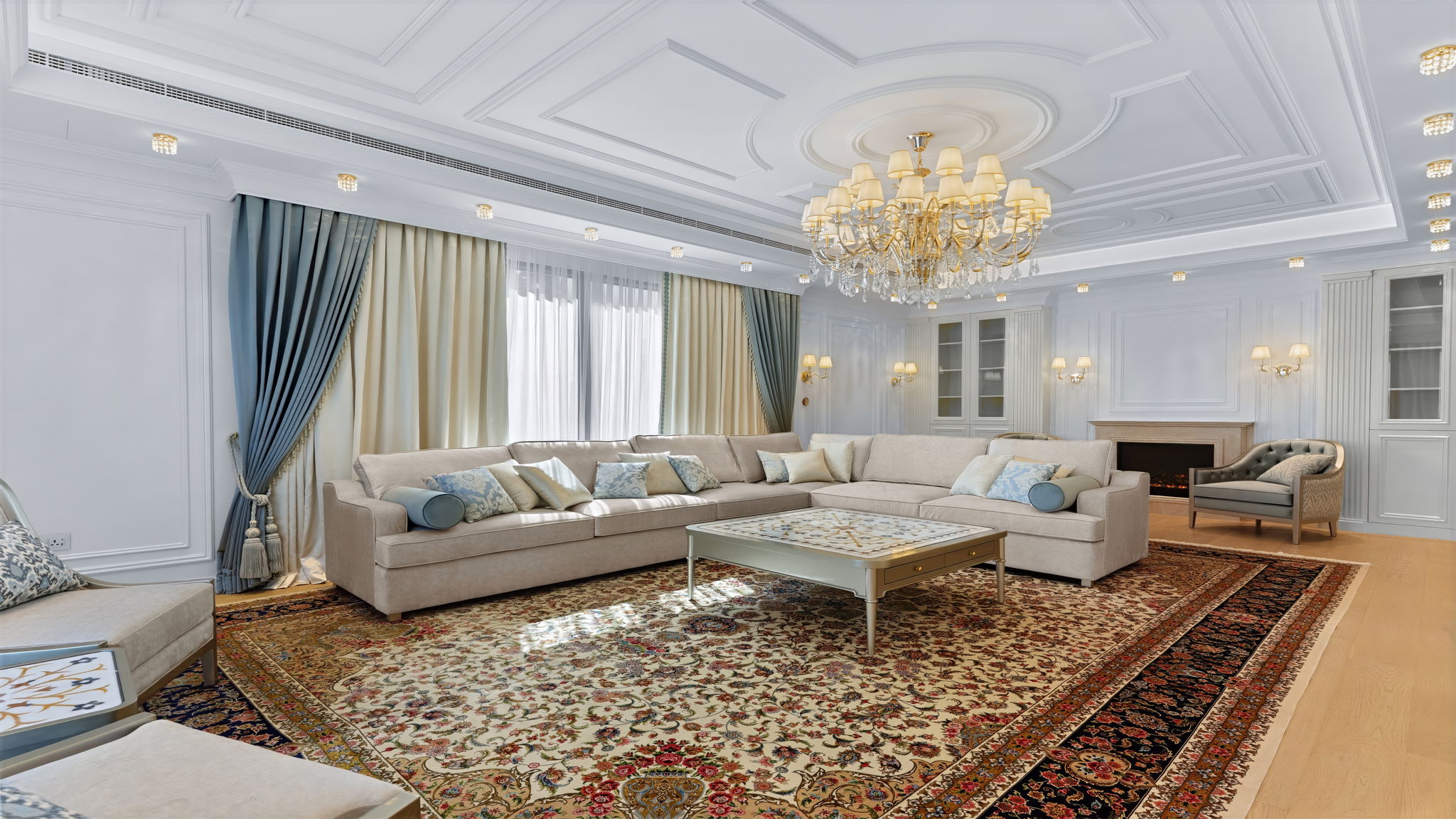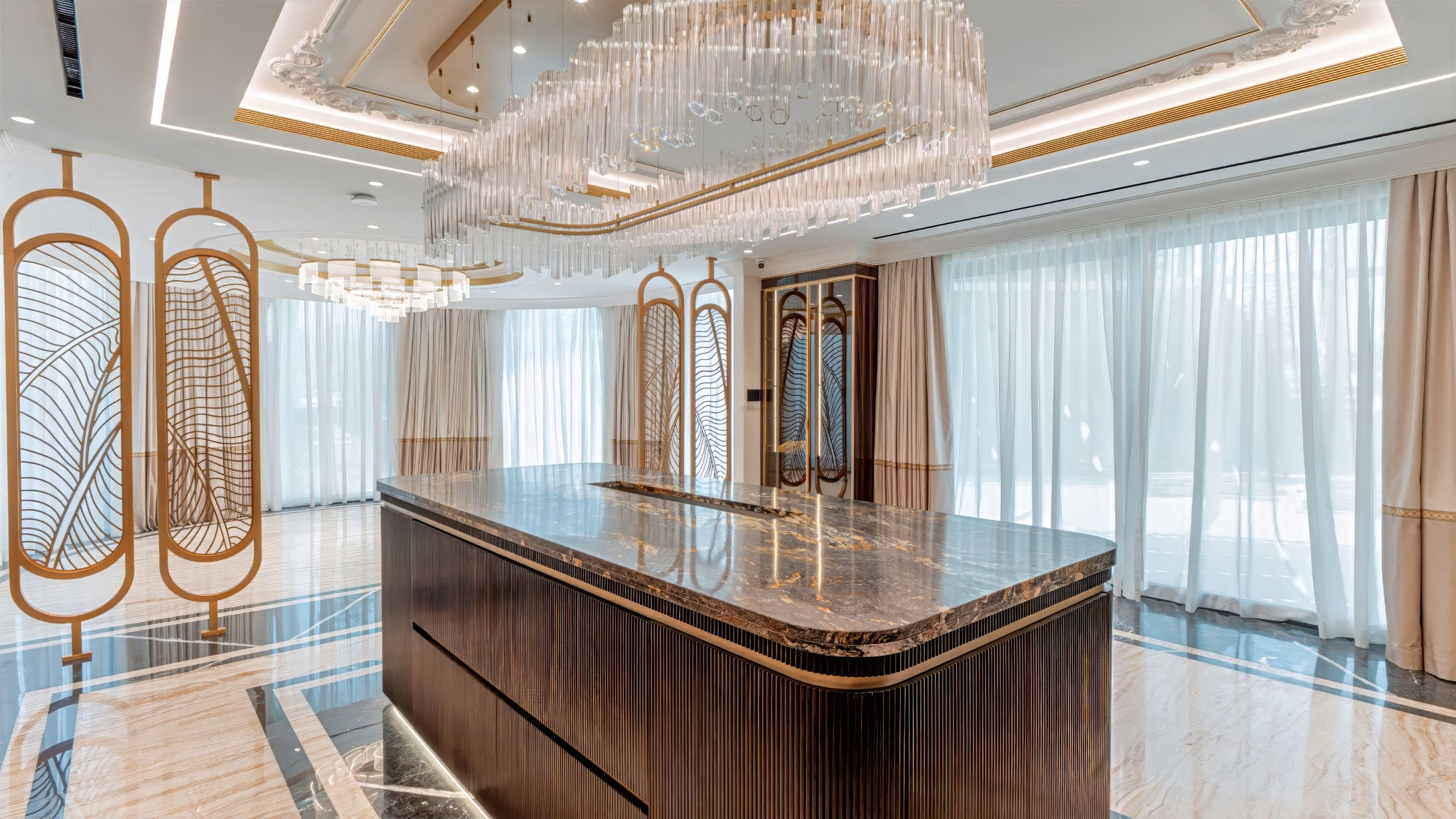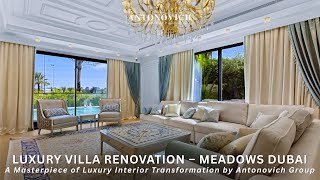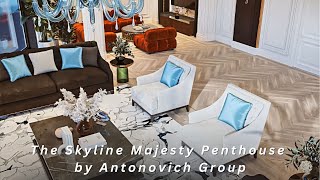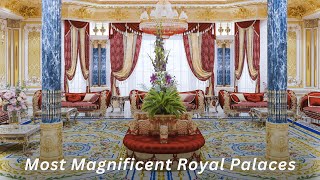ESSENTIALS IN A BUSINESS CENTER IN DUBAI
Designing a business center Dubai is a difficult process, especially if you do it alone. The list of considerations might seem nearly endless: your budget, staff demands and desires, customer preferences, practical concerns such as durability, your personal preferences in business center Dubai interior design, and so on. So, to make the massive process easier, here's the comprehensive checklist of business center Dubai interior design necessities, or explore interior fit-out solutions. It may appear like business center Dubai design is all about aesthetics and presentation at times. The most important tasks appear to be installing cutting-edge technology, adding opulent materials, and adapting the current trends in business center Dubai architecture, such as sleep pods and full-service baristas — and planning kitchen spaces (see Kitchen décor interior Miami). While many of these will surely provide the finishing touches to your workplace interior design, getting the foundations right is far more important. It may be tempting to go all out on premium materials and cutting-edge technology. If you're dealing with a tighter budget, prioritize the necessities. This includes comfy business center in Dubai chairs that provide enough lumbar support and achieve the ideal combination of firmness and softness. Special ergonomic chairs are well worth the investment because they have been shown to significantly alleviate back discomfort, muscular spasms, and productivity among Dubai business center employees.
Desks, on the other hand, are as significant. Make certain that they are spacious enough for each employee to work comfortably and have appropriate storage. Because your desks will be mass-produced, it is critical that their height be customizable to each employee's body; for inspiration on tailored workstations, consult designer home decor New York. Furthermore, standing workstations are far from a passing fad and can provide much-needed comfort to employees who spend all day sitting down. Workplace artificial lighting should be uniform, quiet, and bright to assist employees to focus on the job at hand. However, it should not be so bright that it harms their eyes—morning daylight is an excellent example. In an ideal world, the lights may be adjusted to become somewhat darker and warmer in the late evening, so that workers who stay late do not feel stretched. Warm tones and fixtures such as pendant lights and standing lamps may be used to change up the lighting in recreational areas to create a more calm and pleasant feeling; for ideas on mood and finishes, consider aesthetic luxury bedroom design.
According to color psychology, the colors around us have a significant influence on our mood, productivity, and health. Warm colors, like as red and orange, energize staff and make them more detail-oriented and productive; however, this does not mean that you should paint your walls red. Instead, for aesthetic and practical reasons, bright colors are best employed as accents and finishing touches—too much of it is overstimulating and upsetting. Moody colors such as deep greys, purples, and browns can create a luxury, personal atmosphere in the house but are not appropriate for the business; regional preferences can vary (see Saudi Arabia interior design for local examples). When utilized excessively, they may be gloomy, making places appear dark and claustrophobic. In many respects, open business center Dubai spaces are preferable to the boxy cubicles of the twentieth century, but they introduce a new issue: excessive and distracting noise in the workplace. Employees' general well-being and effectiveness suffer as a result of a lack of sound privacy, interruptions, and noise. However, there is plenty you can do to address this issue — contrast heavy, moody finishes with balanced schemes like classic bedroom designs UAE that blend luxury and light. An entirely open workplace layout may appear to be the greatest option for your staff, but this is not always the case. The absence of privacy, the aforementioned sound issue, and the inability to design your own workstation might all make it a less-than-ideal option. Moveable boundaries, for example, allow workers to work in whatever way they are most comfortable. Quiet nooks or collaboration rooms can also be designated to allow your staff to work in solitude, both alone and with colleagues.



